
Maya Brasington, Magic Isle, 2023
GENERATION LOCKDOWN #2: Maya Brasington x Laura Bivolaru
GENERATION LOCKDOWN is a series of interviews with 2023 BA Photography graduates from UK universities.
Tell me a bit about yourself and about why you chose to study photography at Falmouth.
I'm a multidisciplinary artist and photographer based in West Sussex.
My practice interrogates themes of family, identity and belonging - all linking to my experience as a mixed-heritage woman, looking to unpack my understanding of my Caribbean heritage.
I grew up in a very small rural village in West Sussex, where I spent a lot of time in fields with horses and my older sister. We had very little connection to our Caribbean heritage, never meeting my maternal grandfather, who came to England from Barbados in the late 1950s. This cultural absence paired with a typical rural English upbringing creates some dichotomy in my work.
I'm drawn to understanding people and their stories, and to me, photography is the way you can do that best. You see how people may choose to be seen in comparison to how you see them, you see what photos they treasure and what they discard.
I heard about Falmouth long before thinking about university choices, and the more I researched the more it seemed like the place to develop my creative practice holistically. University in Cornwall is one of those once-in-a-lifetime things - especially in a pandemic it was the connection to nature and quiet pace of life that I benefited from. I found it a really meditative time to understand why I make things and appreciate the importance of making work for yourself - not others, a sentiment I am so thankful to have adopted.
For your graduation project, ‘Magic Isle’, you made your own images, but also used your family archive. What are some of the challenges of working with family photographs?
I think there are a few challenges with using family imagery, it's very easy to get absorbed by the individual image's personal significance and history - forgetting the context of the project. You have to remember that whilst the story you're telling is personal, each image should say something about the wider concept in some way or another.
There's also the difficulty presented of representing people you don't know, or who are no longer alive. The images need to be treated with respect - and that can be shown in sequencing or the treatment of the image in the project. I think keeping the sentiment of making work for yourself is also really important in this process. Working with family helped me delineate what was to be seen and what was to be kept, going through images with them unlocked stories and sentiments I'd never heard. I was very conscious of which images I chose from the archive, and which to keep to myself as I'm not only speaking about my experience, but many other people who come before me.
A way that I found to work with these challenges was by editing and reworking these old photographs to create new ones. I worked a lot with rephotographing and scanning images, printing them onto new surfaces to create new textures and colours - some images ended up with a woven effect or lost their quality so figures became anonymous. It was through these effects and treatment of images that I found the concepts of ‘Magic Isle’ were communicated best.
I'm a multidisciplinary artist and photographer based in West Sussex.
My practice interrogates themes of family, identity and belonging - all linking to my experience as a mixed-heritage woman, looking to unpack my understanding of my Caribbean heritage.
I grew up in a very small rural village in West Sussex, where I spent a lot of time in fields with horses and my older sister. We had very little connection to our Caribbean heritage, never meeting my maternal grandfather, who came to England from Barbados in the late 1950s. This cultural absence paired with a typical rural English upbringing creates some dichotomy in my work.
I'm drawn to understanding people and their stories, and to me, photography is the way you can do that best. You see how people may choose to be seen in comparison to how you see them, you see what photos they treasure and what they discard.
I heard about Falmouth long before thinking about university choices, and the more I researched the more it seemed like the place to develop my creative practice holistically. University in Cornwall is one of those once-in-a-lifetime things - especially in a pandemic it was the connection to nature and quiet pace of life that I benefited from. I found it a really meditative time to understand why I make things and appreciate the importance of making work for yourself - not others, a sentiment I am so thankful to have adopted.
For your graduation project, ‘Magic Isle’, you made your own images, but also used your family archive. What are some of the challenges of working with family photographs?
I think there are a few challenges with using family imagery, it's very easy to get absorbed by the individual image's personal significance and history - forgetting the context of the project. You have to remember that whilst the story you're telling is personal, each image should say something about the wider concept in some way or another.
There's also the difficulty presented of representing people you don't know, or who are no longer alive. The images need to be treated with respect - and that can be shown in sequencing or the treatment of the image in the project. I think keeping the sentiment of making work for yourself is also really important in this process. Working with family helped me delineate what was to be seen and what was to be kept, going through images with them unlocked stories and sentiments I'd never heard. I was very conscious of which images I chose from the archive, and which to keep to myself as I'm not only speaking about my experience, but many other people who come before me.
A way that I found to work with these challenges was by editing and reworking these old photographs to create new ones. I worked a lot with rephotographing and scanning images, printing them onto new surfaces to create new textures and colours - some images ended up with a woven effect or lost their quality so figures became anonymous. It was through these effects and treatment of images that I found the concepts of ‘Magic Isle’ were communicated best.
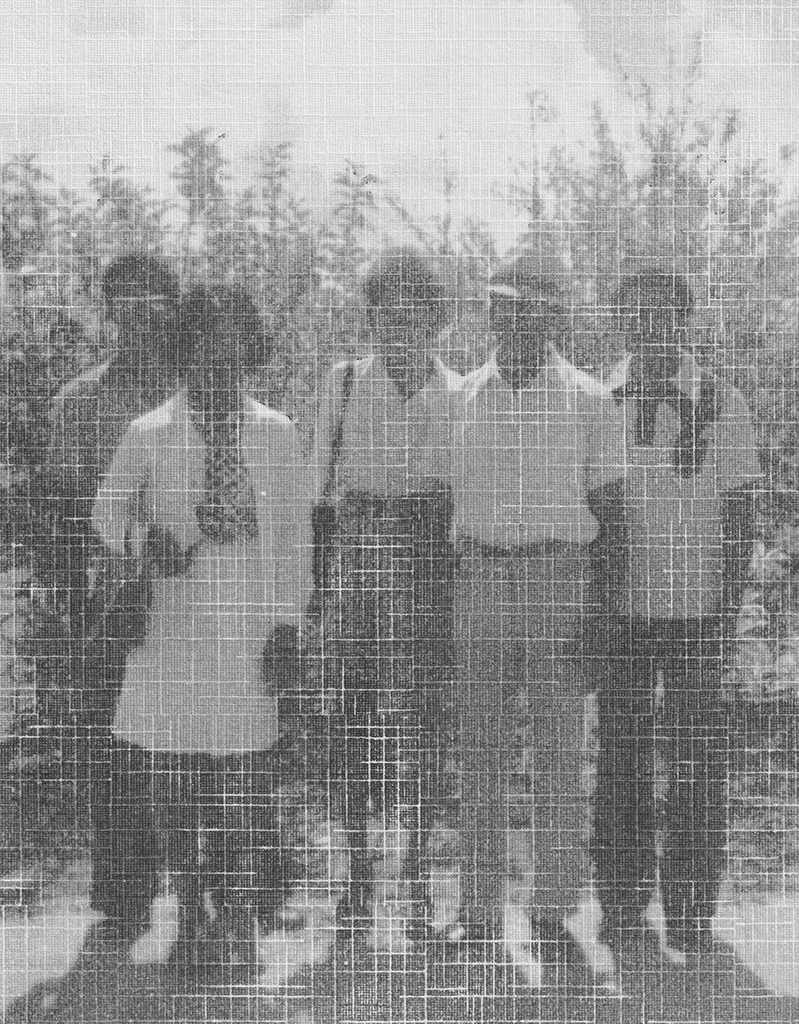
Maya Brasington, Magic Isle, 2023
The blue chest is a strong symbol in your work. Could you tell me more about the process of taking a real object from your life and employing it creatively in your practice?
I have found a lot through the process of creating this body of work the importance of imagination and the role it plays in developing a sense of self. I think one of the most powerful ideas I've learnt is that memory is just as real as imagination.
I was in the midst of researching for the project and beginning to think about the use of archives. It's important to remember that many of the key figures in this project are no longer alive, and I had also never met them. So my memories/imaginations of these people are all through stories and images.
The blue chest is actually more of a story than a real object I personally knew. It arose in a conversation with my mum about the importance of images, how they tell you who you are and where you're from. She said she remembered how her grandmother had hundreds of photos that they would look through when she visited, images of home in Barbados, of family etc. They were kept in a blue packing trunk or chest, which to me, became this symbol of understanding, of knowledge of one's self and history. I asked where the box was or who would have it, to which my mum had no idea, it was long gone. The absence of this object became an inciting point for the work to move forward, it seemed to me that all I had available to me was these long-forgotten hints of stories or things. My goal was then to take this lost treasure chest and create my own contents for it, create my own access point. The book became my answer to the lost box, the aesthetic of the covers, blue and gold, call back to the trunk itself and the Barbados flag, the colours of which represent the sea, the sun, and the sand.

Maya Brasington, Magic Isle, 2023
How did you choose the book as the right format for your project? In what ways has the process of making a book shaped your project?
I've always preferred to work in series, as you can have images working on different levels, each one helping the other to reveal a part of a story. I love the power a book has to take you on a journey whilst standing on the spot, and thought with this series being so connected to imagination, and an internal journey, that a book would translate it well.
I see 'Magic Isle' as a collection of whispers and hidden things, of people who are no longer here. I knew from very early on that the project needed to physically manifest as something tangible and touchable, making the experience I'm exploring something real - no longer simply imagined.
In designing a book you have a lot of control over how people will experience the work: the weight of the paper, the cloth on the covers, the number of pages and the size of the book itself. This tactile experience was important to me, I loved this process of design as I could create a partly fictional photo album which references both Barbados, my mother's childhood of the late 1960s and 70s as well as my perspective now. I like the way text can be easily incorporated into books as well, using poetry to act as moments of reflection in the narrative and add some context to my experience. A particular favourite is a poem to my Great-Uncle Edwin which I wrote in response to a dream where he pushed me to keep working on this project at a time of frustration. Despite never meeting him in real life, I've found making this project has brought me a lot closer to him and my Caribbean family in a strange way.
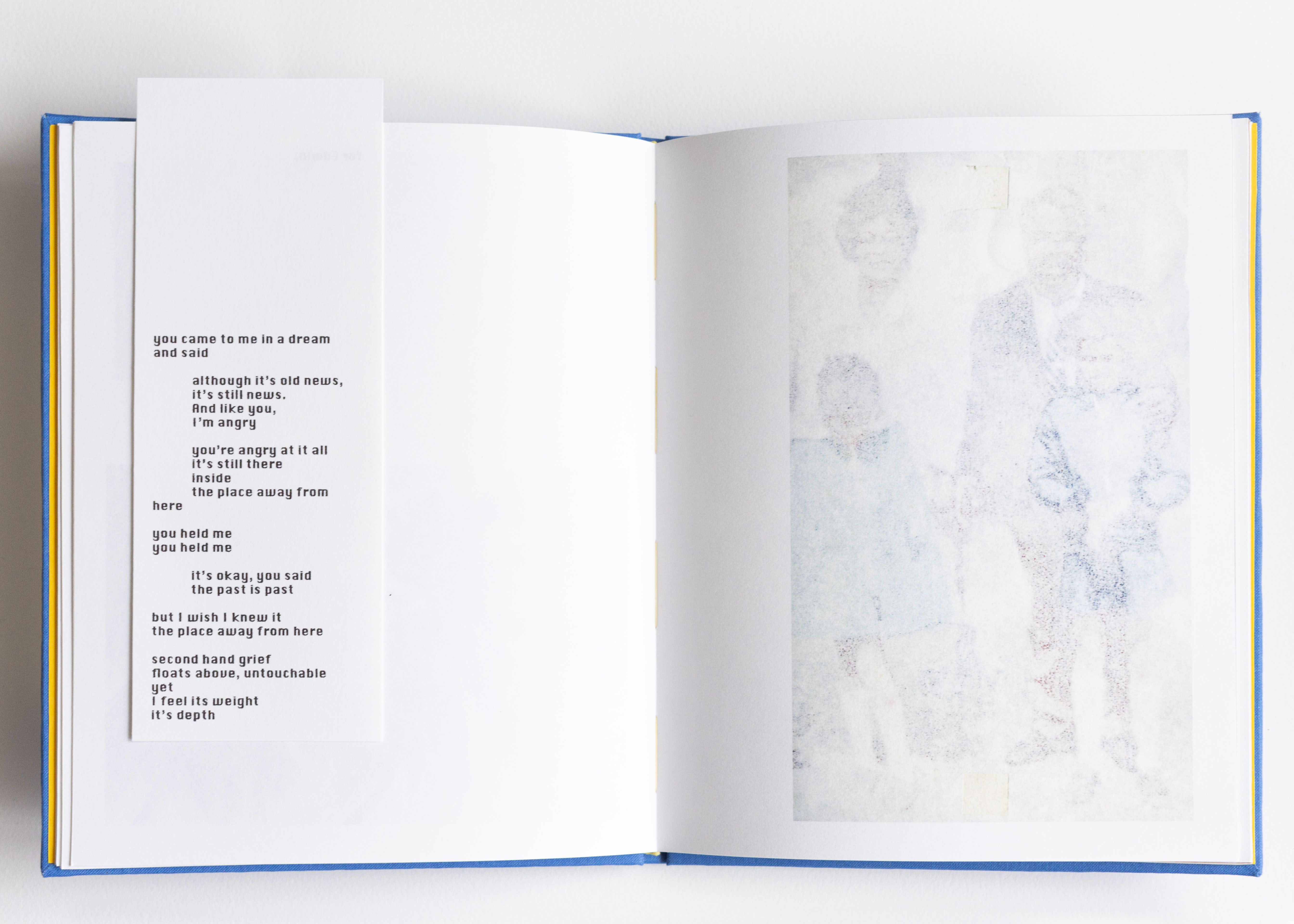
Maya Brasington, Magic Isle, 2023
You started the course in 2020. How did the lockdowns affect your education?
I feel like anyone who began a degree in 2020 can agree that it was a very hard start, especially in creative subjects. The restrictions meant creating work was very difficult, it's hard to remain motivated to create when it all exists in a digital space - ultimately however connected you are online, there is a big sense of isolation. This being said, the lockdowns allowed a lot of time for personal introspection, which drives my work now. I think lockdown was the first time I really understood that making work about myself in a very honest way was ok to do and good for me. It led me to use photography more intuitively, based on feelings which I think has really helped me through this personal project. Looking at my graduating cohort, I can see how the lockdowns also meant that the friendships I made at uni were nurtured a lot more through this shared experience and we all appreciate the importance of cultivating a community, perhaps more than we might've before COVID. It goes without saying that I would've preferred to have gone without a pandemic, however, the people I've met through it are amazing, and I think I would most likely be making very different work now if I didn't have the time of self reflection that lockdown provided.
What do you think is today's biggest challenge for an emerging artist? How could the industry address it to support early-career artists?
I think the biggest challenge for emerging artists is the expectation to be constant. The prevalence of social media creates this extra layer of observation, comparison is easier to draw and you can get caught up in the need to be pushing yourself forward which is ultimately not sustainable.
This need to be constantly doing things desensitises us, pushing us to share more and more perhaps disregarding the aftermath of doing so. In creating this body of work, I've learnt that it's ok to pause and simply exist in a feeling. This work is so personal to me and I've learnt to take the time in my practice to process my feelings before even thinking about sharing them with the world. I think this is something we easily forget; you don't owe your story to anyone, it's yours to keep or to tell at the time you choose.
In this current climate of cost-of-living crisis, and as a working-class creative, the reality of supporting an artistic practice is extremely difficult - especially coming straight out of Uni. I think community is the key, we need to be creating spaces to promote each other and build a support network which is so needed when trying to break into the industry. And finally, pay creatives for their time!
You can find Maya here:
instagram.com/mayabrasington
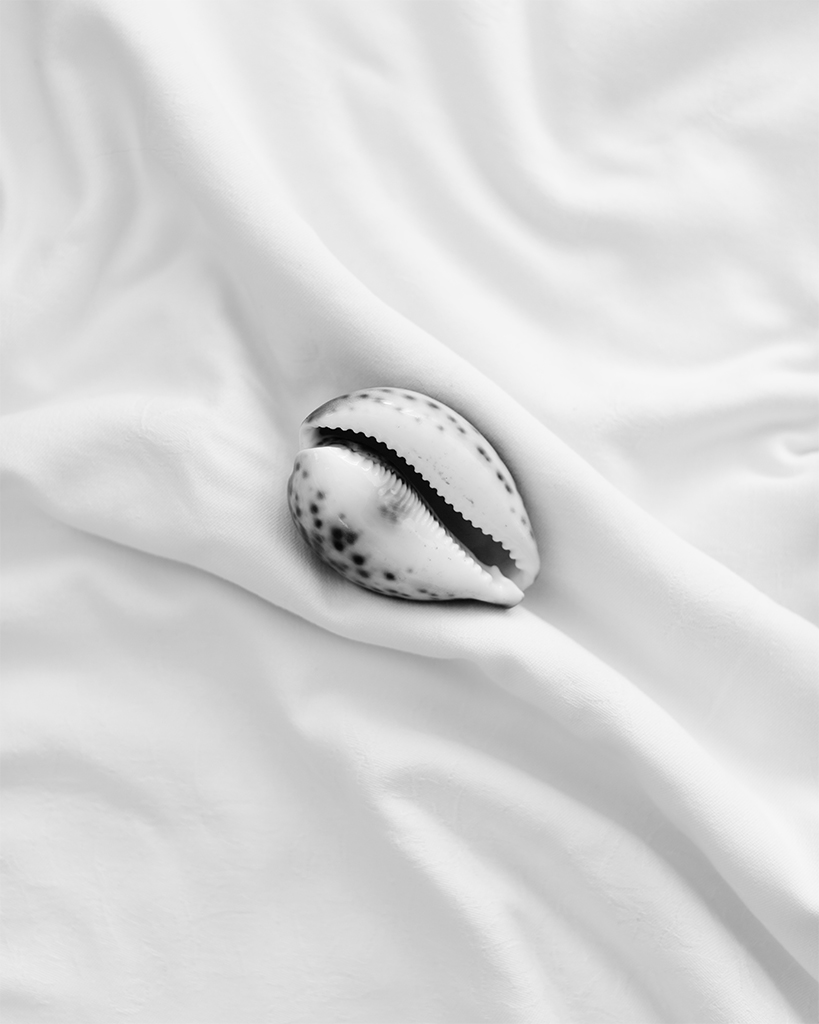
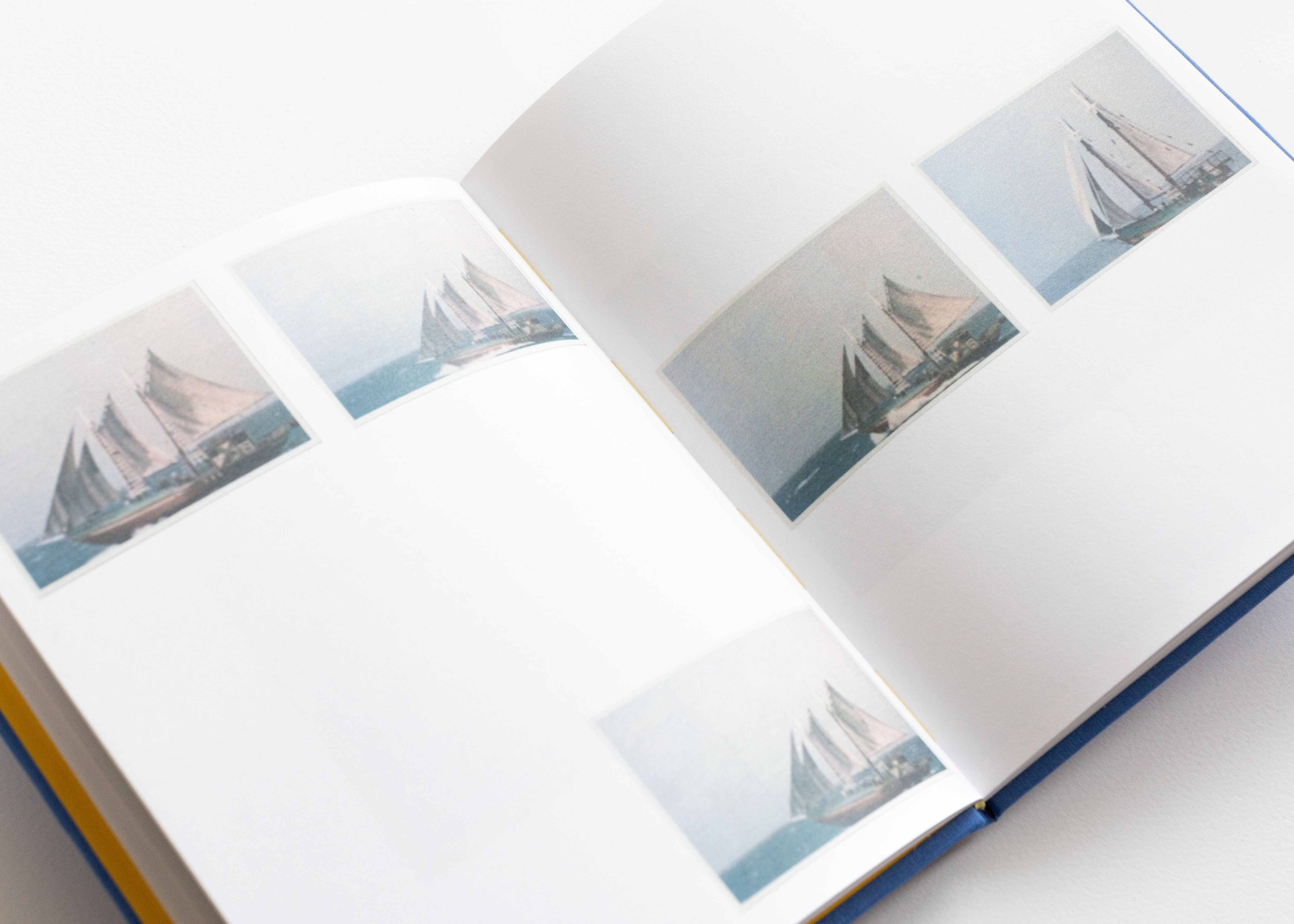
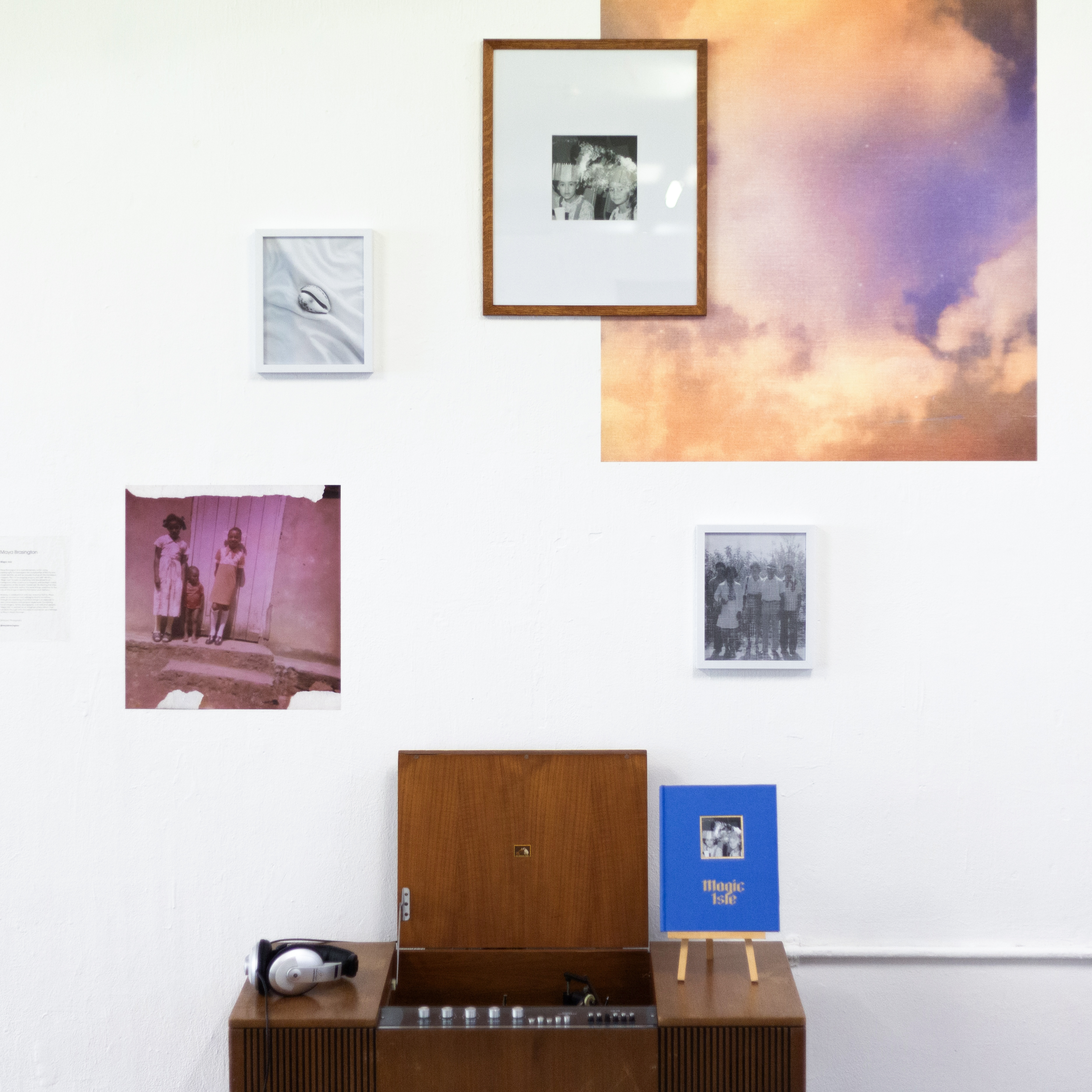
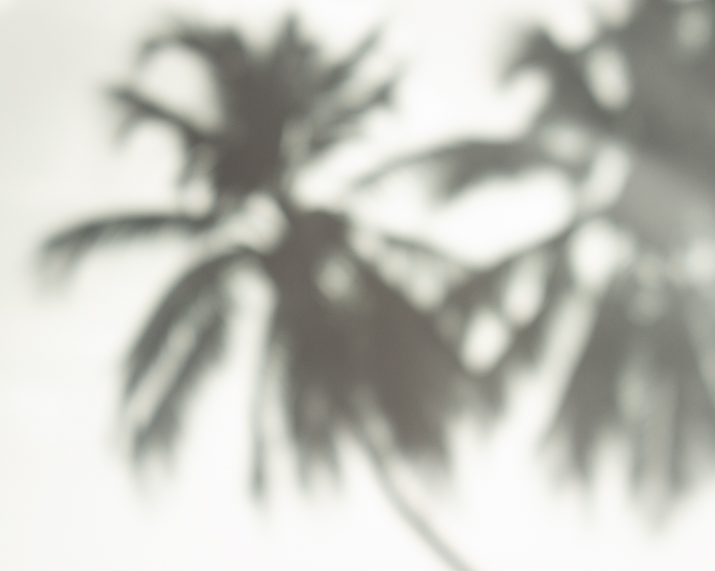
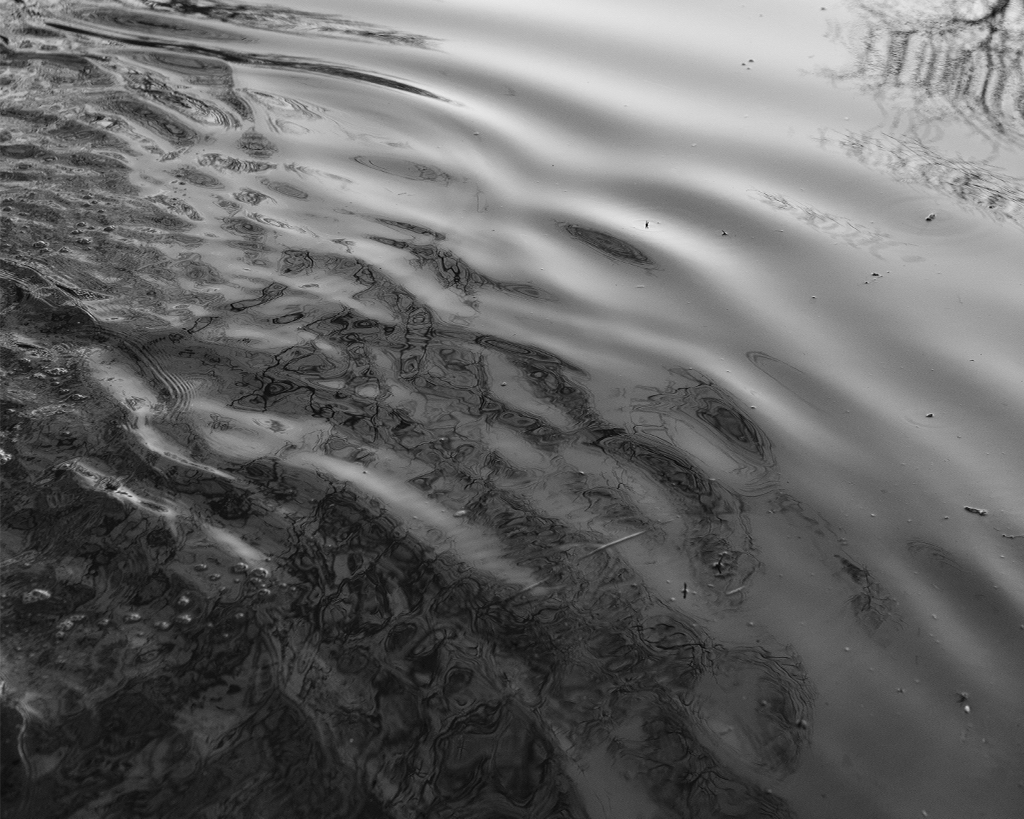
Maya Brasington, Magic Isle, 2023